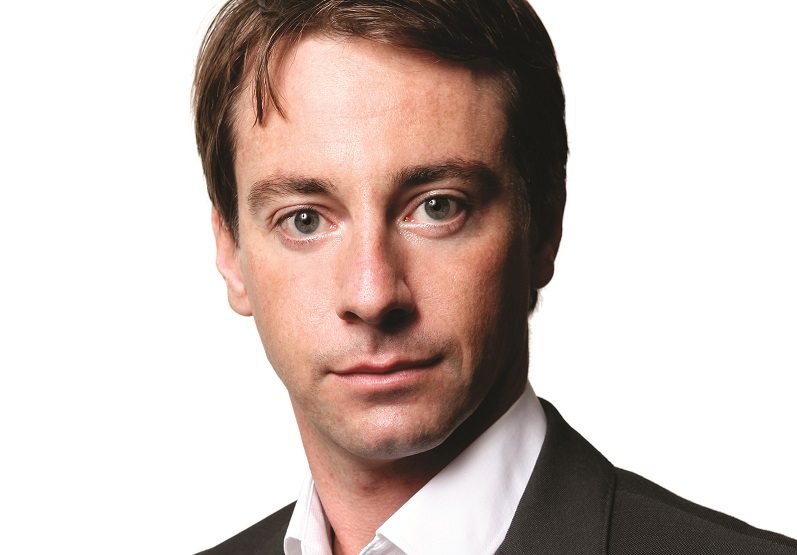This time last year, just as the fears over Covid-19 hit their peak, investors were calling a ‘once-in-a-lifetime’ buying opportunity for corporate bonds as spreads widened. However, it has been a rapid reversal since, which has some to draw the opposite conclusion – that corporate bonds are ‘priced for perfection’ and offer little value for investors. What’s the reality?
There is certainly more to worry about. Pictet Asset Management head of investment grade credit Jon Mawby (pictured) says: “As we think about investment grade today, there is much less margin for error. The factors that have driven investment grade to be a safe haven aren’t in play.” This would include falling government bond yields, higher spreads and low inflation.
Rathbones head of fixed income Bryn Jones says: “Spreads are at the tightest level we’ve seen. Value has been extracted from the market and supply has been weak against a backdrop of high demand.”
In general, investment grade corporate bonds have performed poorly since the start of the reflation trade, with high yield marginally better.
There is also the problem of ‘covenant-lite’ issuance, where investors are getting less compensation when a company defaults. Mawby points out that while 40 cents on the dollar would be a normal a rule of thumb, recent defaults have paid a lot less. Leverage is high overall, particularly in the US. The Securities Industry and Financial Markets Association recently released data showing US companies now have the highest debt levels on record, at more than $10.5trn (£7.3trn).
Little value left, even in high yield
This combination of low yields, tight spreads and rising risks has led plenty to conclude that there is little value in the corporate bond market, even at the higher yield end where investors would naturally gravitate in an environment of economic recovery.
Mazars chief economist George Lagarias says: “We would typically expect high yield to outperform in a reflationary environment, but at current valuations the risks appear skewed to the downside with credit markets ‘priced for perfection’.
“It is difficult to see value in either investment grade or high yield at the moment. Buyers of investment grade bonds are likely accepting a negative total return after adjusting for inflation. While in high yield some new issues are offering coupons as low as 2.5%, given the US 10-year had a yield higher than this as recently as 2019, it is hard to justify the risk-reward trade-off in credit markets presently.”
Idiosyncratic opportunities remain
Mawby says there is value in corporate bond markets, it’s just “more idiosyncratic than it has ever been”. Pictet is retaining its defensive stance overall and remains positioned to take advantage of volatility. Overall, the team has chosen not to move into higher yield credit and is being extremely selective, focusing on the attributes of individual credits and the nuances of the reopening trade.
“We like national champions, sectoral leaders, companies with strong balance sheets and good quality management teams, plus good governance and flexible business models. We dislike those areas that are giving equity-like volatility for bond-like risk,” he says.
This might be the difference between, say, Easyjet and IAG. Easyjet has a flexible business model, whereas IAG was more reliant on the resumption of business travel. Pictet is avoiding the over-leveraged BBB area and some financials exposure.
Jones has moved towards higher beta credit on the basis that, “central bank policy support hasn’t gone away, growth expectations have increased. There is a lack of supply and default rates are low.” His focus is on the winners from the economic environment emerging from Covid-19.
“Some sectors, such as real estate, just aren’t getting back to normal, whereas areas such as telcos, technology and data storage should continue to be strong. More importantly, they fit with the ‘new normal’.”
He says the market has started to price in this difference, but not as much as it should.
Inflation remains the biggest risk to bonds
Inflation is the most significant risk to the corporate bond market today, says Jones. As such, his biggest concern is that the environment is too good rather than too bad.
He adds: “The worry is if central banks are considered to be behind the curve and if so, how would credit spreads react? The risks are building and there’s not much upside left.” While he doesn’t see a shift happening in the short term, the red flags for him would be producer price inflation or PMI data ticking higher.
However, Mawby agrees that inflation may not resume as quickly as people believe. In particular, he highlights the number of zombie companies in the economy, kept alive by government support and low debt. This could be a significant drag on inflation.
If growth is weak or variants prompt further Covid-19 lockdowns, it may be good news for corporate bonds, says Jones. Central bank policy isn’t likely to change; neither is fiscal spending. This scenario, he says, would be supportive for credit spreads.
Corporate bonds have been a tough place to invest since the reflation trade has taken hold. There remain idiosyncratic opportunities, but yields leave little margin for error. Investors need to place their trust in their fund manager’s credit and valuation skills.







